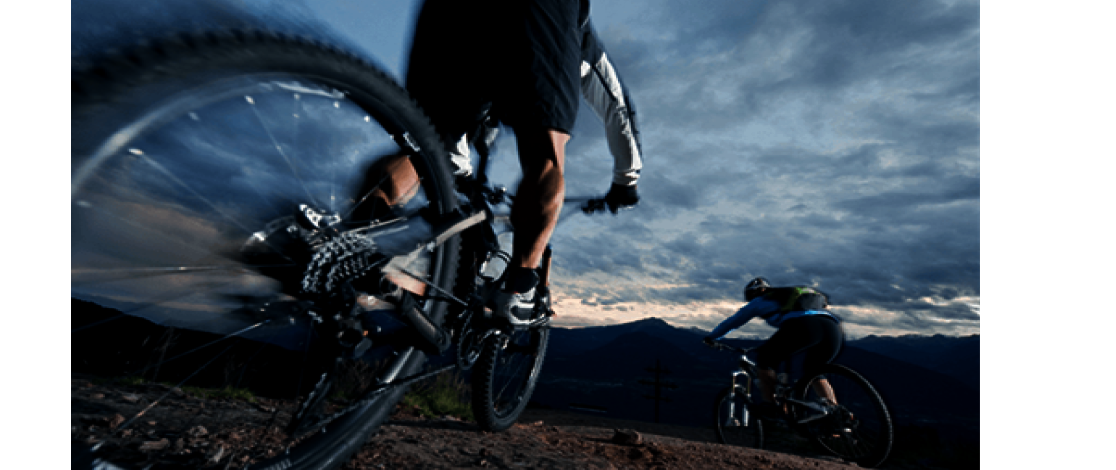Get Fit for Cycling
Strong muscles correct imbalances, prevent pain and improve performance.
More Strength = Better Fitness
“Strength training is a must for any ambitious cyclist,” says Frank Rothe from the Kieser R & D Department. Why is this? When we cycle, our posture and pedaling action put an uneven load on the muscles. We primarily use the “back, neck, shoulder, arm and chest muscles. It is essential, therefore, to strengthen these areas. If we don’t, we will pay the price sooner or later,” says Rothe, who is a passionate cyclist and regularly takes his mountain bike into the Alps.
Eliminate imbalances
Kieser remedies muscle imbalances. It builds up the strength of those muscles that miss out when you cycle. In addition, even the legs need a little extra help when it comes to muscle strength, explains Rothe: “When you pedal, you extend or bend the leg – but not completely. On our machines, you train your flexors and extensors throughout their entire range of motion and thus, you correct muscle imbalances. This protects you from injury, such as knee problems.”
Maximise performance potential
Strength training is also essential for maximising performance. Intensive training triggers the stimuli needed to improve the interplay between nerves and muscle fibres. As a result of these stimuli, unused fibres are mobilised and the cross-sectional area of individual muscle fibres is increased in size. This in turn increases strength. As Rothe explains, “training the entire flexor and extensor muscle chains increases the power transmitted through the pedals, allowing you to ride at a faster pace, for example in a race.”
Strength for mounting biking
High levels of strength are also crucial for mountain biking. Rothe knows this from personal experience. Harsh terrain and rough mountain descents put a severe strain on the body. A strong muscle “corset” provides protection and – along with a good technique – aids bike control and helps you negotiate obstacles. “In addition, anyone who has ridden downhill for several hundred metres knows that the limiting factor is not just a lack of technique. You also have to deal with the burning sensation in the thighs, forearms and wrists. The vibration is enormous, so your muscles, bones, ligaments and tendons need to be well prepared.”






























